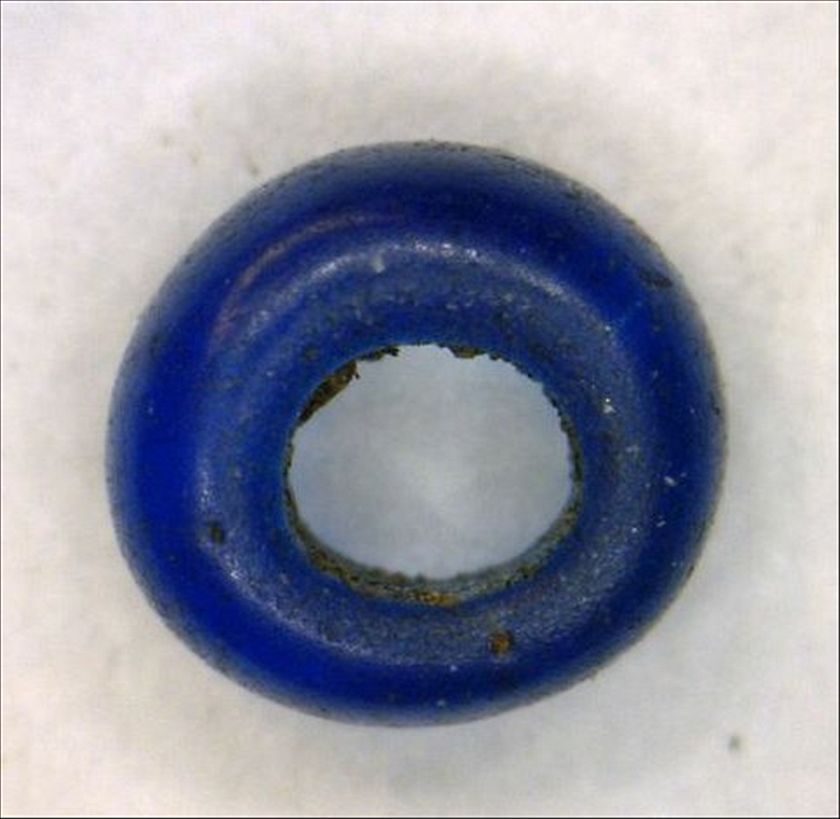
COFFS HARBOUR, AUSTRALIA—Australian Aborigines were using European glass beads as currency long before sustained contact with Europeans themselves, say Australian National University archaeologists Daryl Wesley and Mirani Litster. They have excavated 30 beads of European manufacture in the Arnhem Land region and think the artifacts were brought to the continent by Maccasans, an Indonesian people known to have traveled to the area to harvest sea cucumbers. The Maccasans could have traded the beads with the Aborigines, probably in return for access to land. While beads have been found at sites in the area before, it was thought they dated to after 1916, when European missionaries would have brought them to Arnhem Land. But the team found the beads in deposits that long predate the arrival of missionaries. Wesley says the discovery has implications for Aboriginal land claims, which in part are based on the idea that they negotiated with the Maccassan for access to their traditional fishing grounds.









